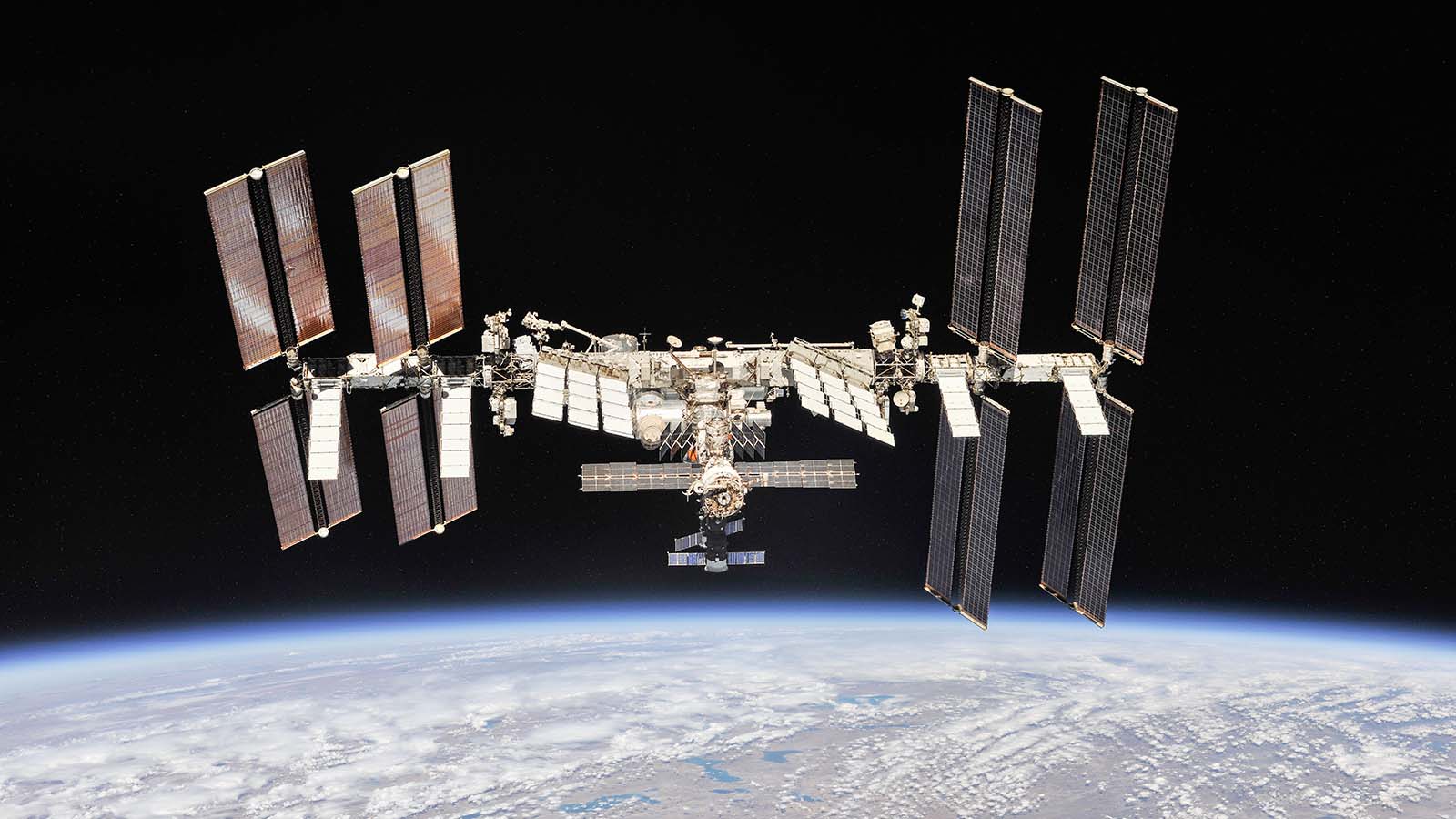New Microsoft Azure services will help us learn about the darkest reaches of space
On-orbit compute at the ultimate edge

As part of its efforts to expand its focus toward space, Microsoft has developed a platform for on-orbit compute so that spaceships running AI workloads can be connected to the hyperscale Azure cloud.
In the first of a series of space-focused partnerships, the software giant is working with Thales Alenia Space to demonstrate and validate on-orbit compute technologies with a demonstration onboard the International Space Station. Together the two companies will deploy a powerful on-orbit computer, an on-orbit application framework and high-performance Earth Observation sensors to create new on-orbit climate data processing applications to benefit Earth’s sustainability.
Microsoft is also partnering with Loft Orbital to enable a new way to develop, test and validate software applications for space systems in Microsoft Azure. These applications will then be seamlessly deployed to satellites in orbits using Loft Orbital’s space infrastructure tools and platforms.
Finally, Microsoft is working with Ball Aerospace to create a series of on-orbit testbed satellites that will be used to implement new software and hardware for the US government. Both companies will collaborate on the execution of these spacecraft missions to demonstrate reconfigurable on-orbit processing technologies leveraging the Azure Cloud.
Combining AI and satellite imagery
Satellite imagery is already a valuable asset but when used with geospatial AI, analysts can monitor change detection for their respective areas of interest.
This will be especially useful for industries that monitor, measure and/or monetize large areas of the Earth. However, satellite imagery consists of unstructured, big data which requires significant resources to transform and analyze in order to access information and store it as well as use it as structured data.
To help accomplish this task, the Azure Space team has released a new reference architecture articulating how to apply AI to satellite imagery at scale using Azure resources. As Azure offers orchestration flexibility, customers will be able to bring their own imagery but they can also call another imagery provider API.
Sign up to the TechRadar Pro newsletter to get all the top news, opinion, features and guidance your business needs to succeed!
When it comes to geospatial intelligence and remote sensing AI, Microsoft already has partnerships with Blackshark.ai, Orbital Insight and Esri while customers looking to build AI can use the company’s tools including Azure Machine Learning and Azure Custom Vision.
We’ll likely hear more from the Azure Space team regarding its latest endeavors in space once its on-orbit compute projects enter the testing phase.
After working with the TechRadar Pro team for the last several years, Anthony is now the security and networking editor at Tom’s Guide where he covers everything from data breaches and ransomware gangs to the best way to cover your whole home or business with Wi-Fi. When not writing, you can find him tinkering with PCs and game consoles, managing cables and upgrading his smart home.
